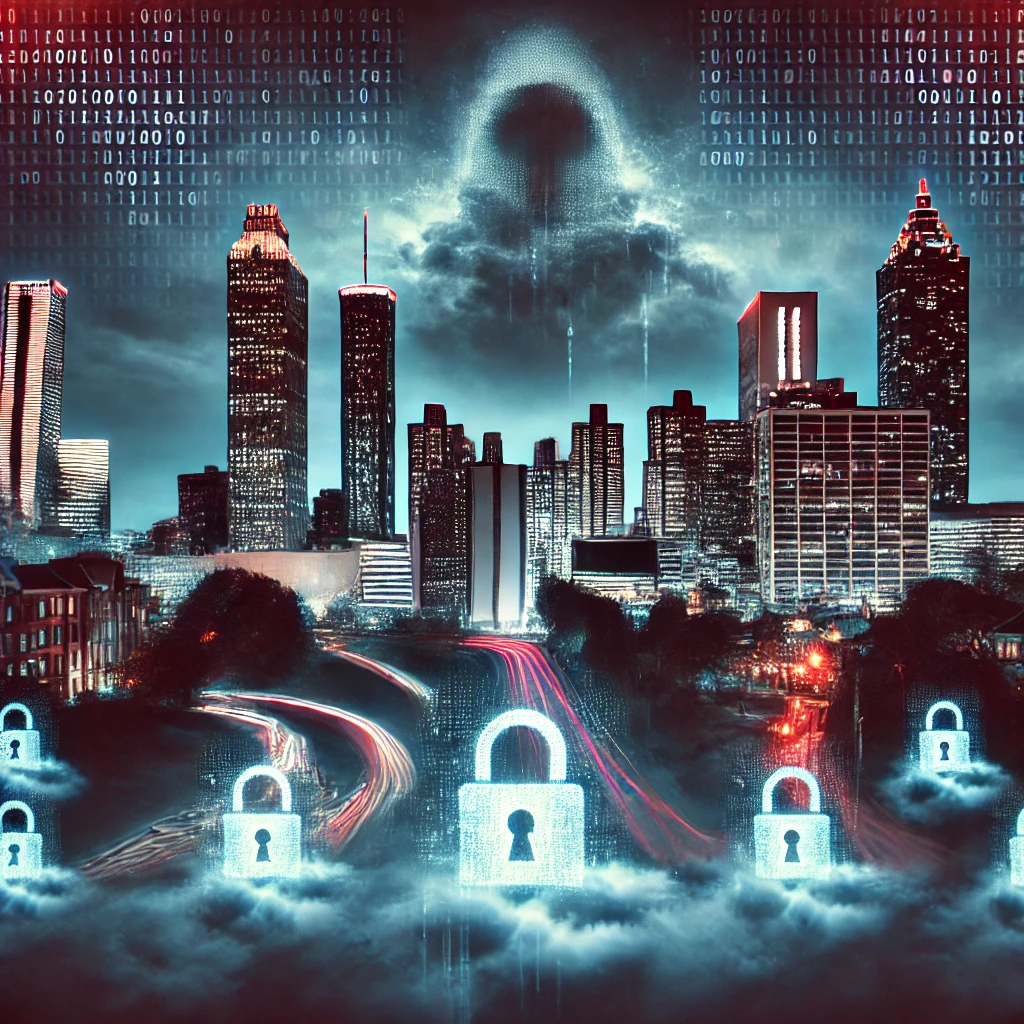Like a ghost story whispered around a campfire, the Atlanta ransomware attack of 2018 is a chilling reminder of unseen threats lurking in the digital shadows.
In March 2018, cybercriminals infiltrated the city’s networks using brute-force tactics, aggressively cracking passwords to gain entry. Once inside, they unleashed SamSam ransomware, a malicious program that locked down crucial systems and disrupted essential services. This digital nightmare impacted various departments, halting payment programs for utilities, traffic tickets, and business licenses. Law enforcement operations were thrown into disarray, forcing officers to manually process reports while the attack raged on.
The Impact of the Atlanta Ransomware Attack
The cybercriminals demanded over $50,000 in bitcoin, a ransom for restoring control, but the city of Atlanta chose not to submit. This defiance came at a heavy price, as the city struggled for ongoing months to recover from the crippling attack. The aftermath was devastating. Critical functions were paralyzed, law enforcement lost access to valuable video footage, and even Hartsfield-Jackson Airport’s Wi-Fi remained disabled for ten days to prevent further damage. It took weeks for payment systems to be restored and months before digital operations resumed fully. In total, the Atlanta ransomware attack cost the city and its taxpayers nearly $17 million in recovery expenses.
Lessons from the Atlanta Cyber Attack
The harrowing 2018 incident in Atlanta serves as a critical lesson about the growing threat of ransomware and the importance of strong cybersecurity defenses. What key insights can organizations draw from this digital horror story?
1. Effective Access Controls:
The attack began with brute-force methods targeting weak passwords. Implementing strong access controls, such as unique, complex passwords and multi-factor authentication, could have made it more difficult for attackers to breach the system.
2. Invest in Security Software:
Advanced security measures like network monitoring, endpoint detection, and encryption play a crucial role in detecting, mitigating, and preventing attacks. While these tools may seem costly, they are far less expensive than recovering from a severe ransomware attack.
3. Have a Response Plan:
The prolonged recovery in Atlanta highlights the importance of having a well-structured incident response plan. Regular testing and updating of this plan can help organizations respond quickly and minimize damage during an attack.
4. Secure Proper Insurance Coverage:
The events in Atlanta ransomware attack demonstrate that even local governments aren’t immune to cyberattacks. It’s essential to work with a trusted insurance professional to secure appropriate cyber coverage and protect against potential financial losses.
This cautionary tale reminds us all to stay vigilant and prepared against the ever-present threat of cyber incidents.

